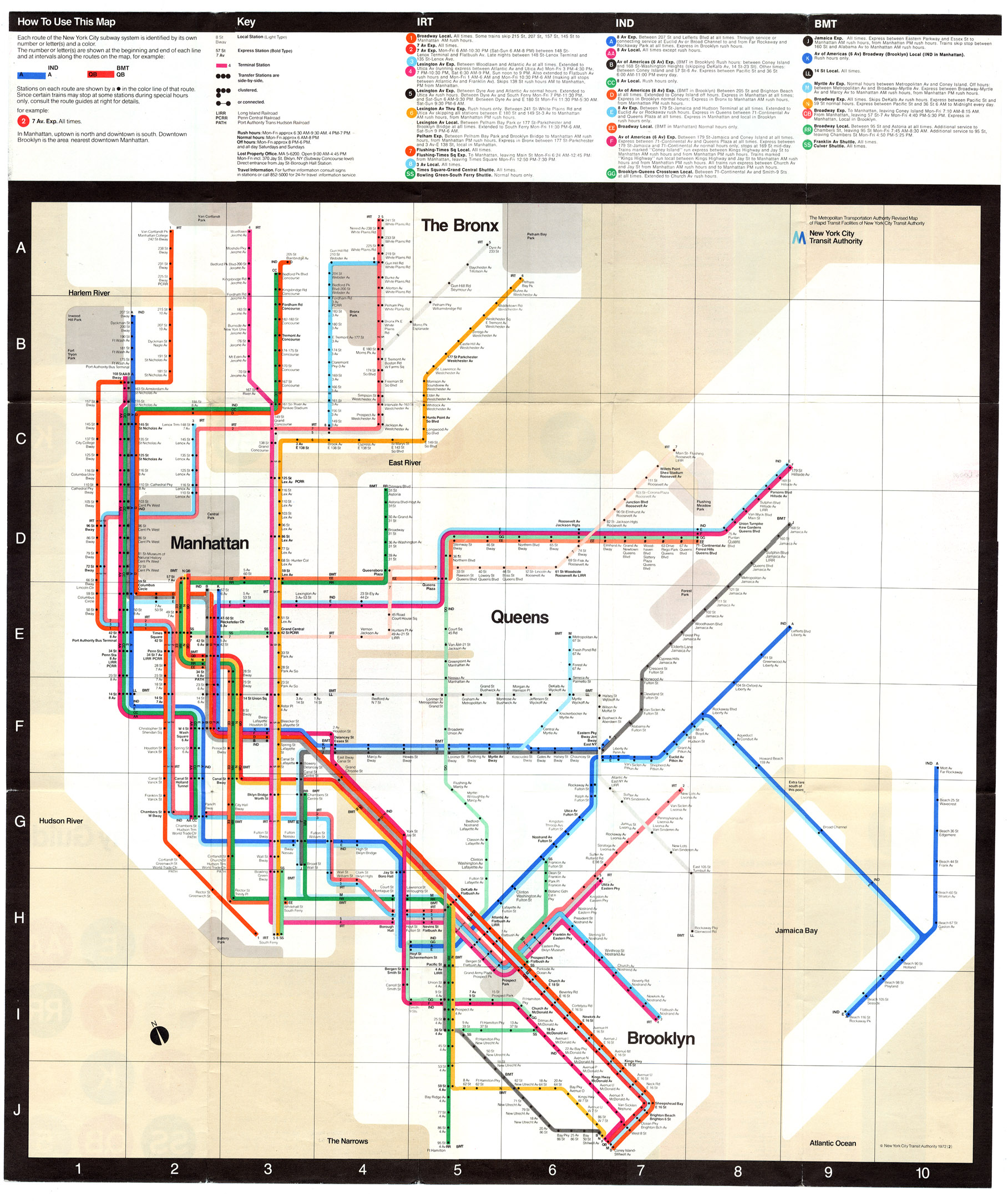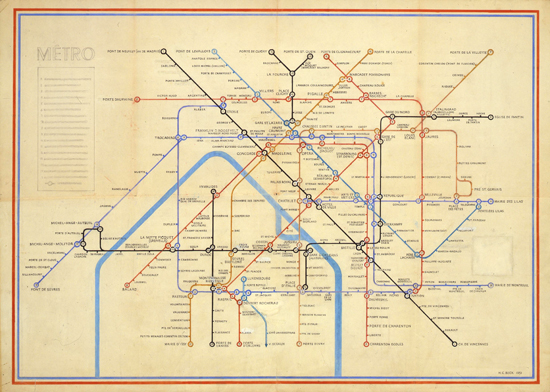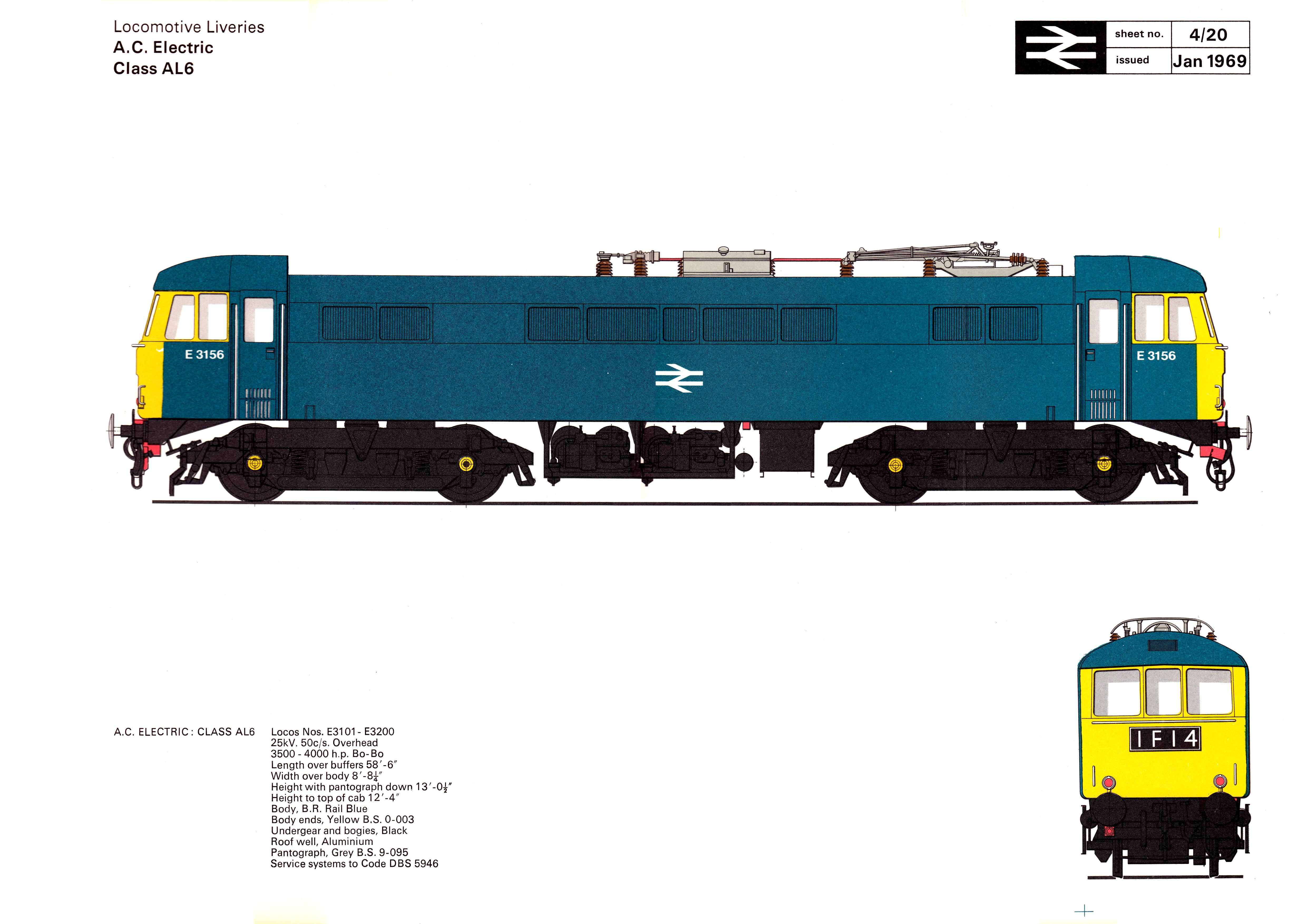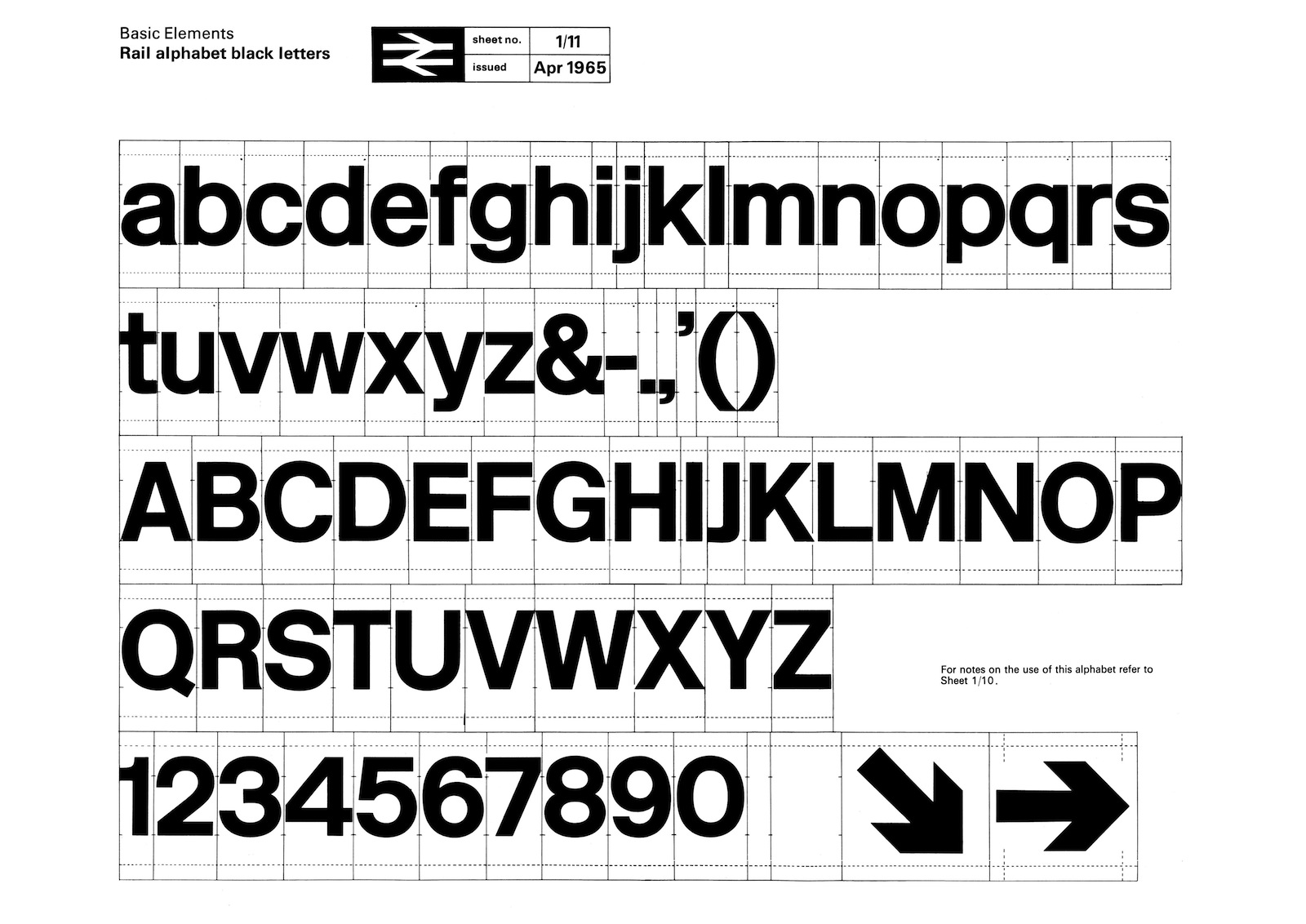Make your own jelly instruments by Raphaël Pluvinage and Marianne Cauvard:
Noisy jelly is a game where the player has to cook and shape his own musical material, based on coloured jelly.
With this noisy chemistry lab, the gamer will create his own jelly with water and a few grams of agar agar powder. After added different color, the mix is then pour in the molds. 10 min later, the jelly shape can then be placed on the game board,and by touching the shape, the gamer will activate different sounds.
Technically, the game board is a capacitive sensor, and the variations of the shape and their salt concentration, the distance and the strength of the finger contact are detected and transform into an audio signal.This object aims to demonstrate that electronic can have a new aesthetic, and be envisaged as a malleable material, which has to be manipulated and experimented.






























